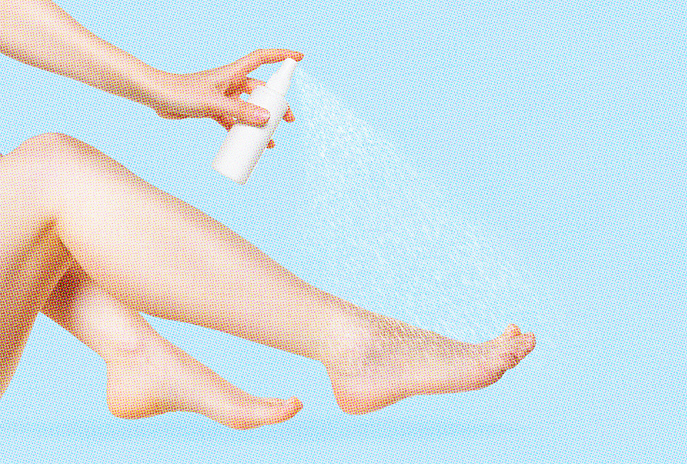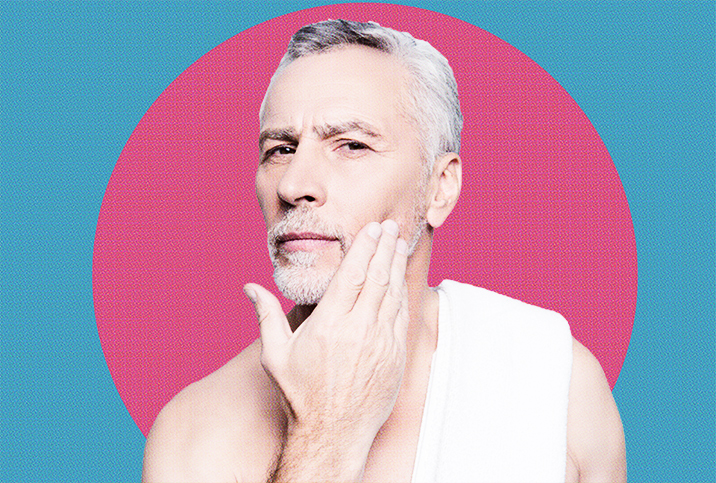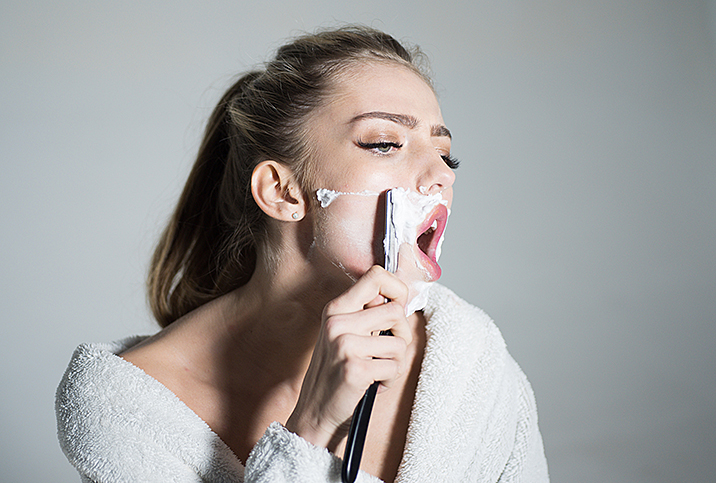Preventing and Treating Athlete's Foot

If you've ever dealt with itchy, smelly, scaly feet, you've likely experienced the unpleasantness of tinea pedis, colloquially known as athlete's foot. Fortunately, since athlete's foot is very common, it's also very treatable and preventable.
What is athlete's foot?
Athlete's foot is a fungal infection of the feet. It typically starts between the toes and can spread as a red, scaly rash that occasionally manifests as blisters, ulcers and dry, cracking skin. It causes stinging, itching and burning, and may be accompanied by an intense odor. As the name implies, it is most often experienced by athletes and people whose sweat stays trapped on and around their feet when they wear shoes for long periods of time.
Closely related to jock itch (tinea cruris) and ringworm (tinea corporis), athlete's foot is highly contagious and can spread from one foot to another, as well as to hands and even the nails and groin. Athlete's foot affects an estimated 3 to 15 percent of the global population. Men are more prone to the condition than women.
Treatment
Athlete's foot is easy to treat with basic antifungal medication. If you are experiencing any of the symptoms, start with an over-the-counter antifungal cream, ointment, powder or spray from your local drugstore. These can be applied twice daily (follow the instructions on the package) and should be used for a full week after symptoms clear. Avoid scratching the rash. Use creams or an ice pack to soothe itchiness. Wash your hands carefully after you touch your feet and keep your feet dry. Home remedies include tea tree oil, rubbing alcohol and sea salt baths.
If your symptoms don't resolve in two weeks, talk to your doctor to confirm your diagnosis and get a prescription-strength antifungal. Severe cases may require oral antifungal medication, and infections that have spread to toenails or other parts of the body may require further antifungals. Rarely, severe cases can lead to a bacterial infection, which requires additional medications for treatment. The fungus can be more serious for people with diabetes, because they are more prone to getting secondary infections; they should seek medical treatment for athlete's foot immediately.
In the vast majority of cases, athlete's foot does not go away on its own. If you have symptoms, even mild ones, treat them. As soon as the infection clears up, start taking steps to prevent its recurrence.
Prevention
Sweaty feet, tight-fitting shoes and humidity are perfect conditions for the growth of athlete's foot. Keep your feet dry by wearing sweat-wicking socks. Bring extra pairs and change them regularly if your feet get sweaty throughout the day. Never put on sweaty or wet socks or shoes. If you work out, take a shower immediately afterward, dry your feet thoroughly (especially between the toes), and put on dry socks and well-ventilated shoes. Alternate the shoes you wear so they have time to fully dry.
When possible, let your feet air out in the open and consider using antifungal powders on your feet to keep them dry. Avoid walking barefoot in highly trafficked places such as locker rooms, pools, saunas and communal showers, which are all breeding grounds for the fungus. Don't share socks, shoes, mats, rugs or linens with someone who has it.
Athlete's foot isn't serious, but it's certainly annoying, especially if you're a victim of repeat infections. Fortunately, following these tips should help you keep it at bay. Remember to contact your doctor if your symptoms don't respond to over-the-counter antifungals.

















